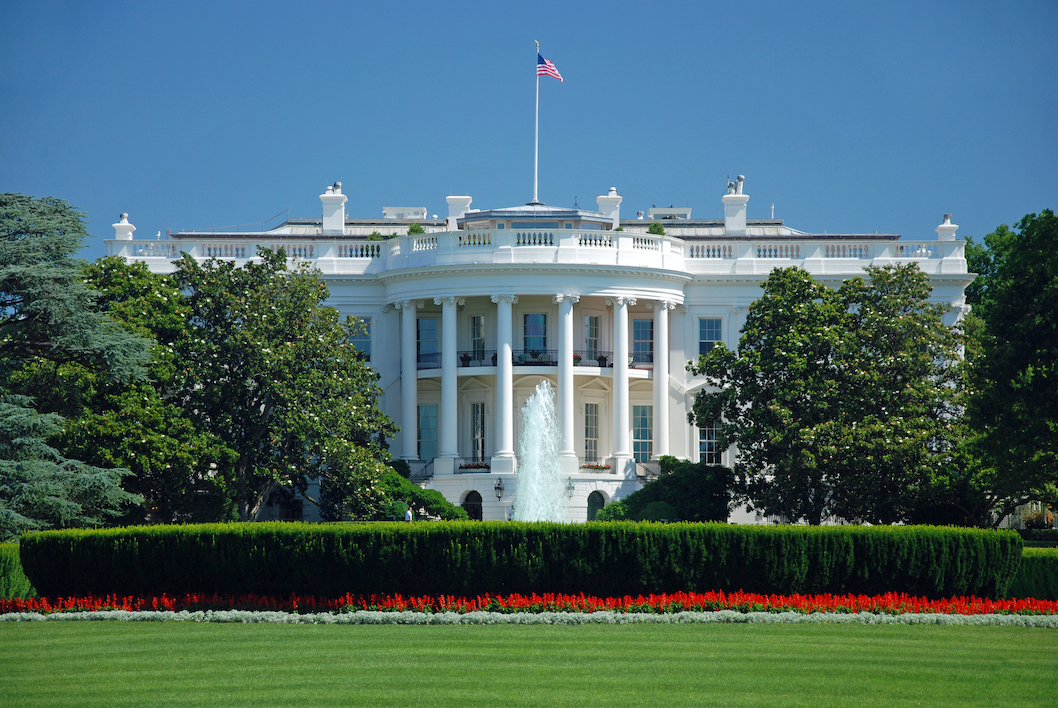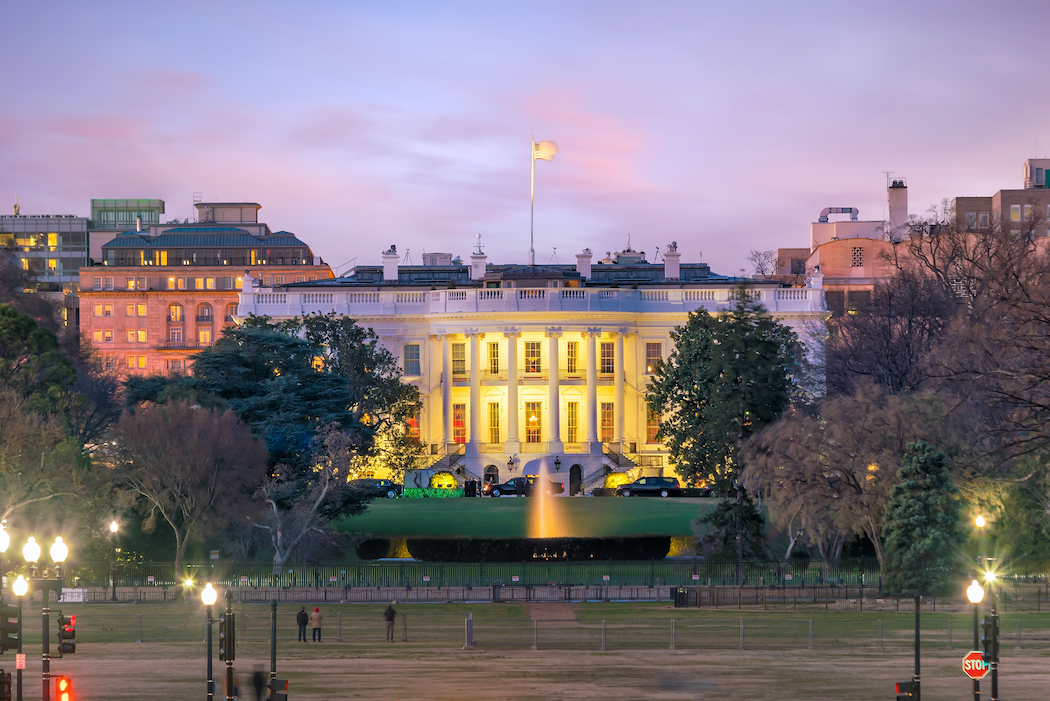
The peaceful transfer of power is one of the defining characteristics of American democracy. Every four years on January 20th, the nation witnesses the ceremonial transition of presidential leadership during the inauguration. While much attention is given to the public pageantry—the swearing-in ceremony, inaugural parade, and address—behind the scenes, an astonishing logistical feat unfolds at 1600 Pennsylvania Avenue. Within just six hours, the White House staff executes a seamless transition, moving out the outgoing president and preparing the residence for the incoming commander-in-chief. This complex, high-stakes process, honed over decades, involves meticulous planning, coordination, and an unparalleled level of precision to ensure that the new president’s personal belongings, preferences, and daily routines are fully in place by the time they set foot in their new home.
Months of Preparation for a Six-Hour Move
The transition process does not begin on Inauguration Day itself. White House staff, particularly the Chief Usher and residence team, start planning months in advance. The outgoing president’s team coordinates with the incoming administration to discuss logistics, timelines, and personal preferences. Discreet surveys are conducted to determine the new First Family’s desired furniture arrangement, dietary preferences, pet accommodations, and even preferred temperature settings. These details ensure that when the new president enters the White House, it already feels like home.
Simultaneously, the outgoing president and their family begin packing up personal items in the weeks leading up to the transition. However, government property such as artwork, furniture, and historical artifacts remain in place unless the new occupants request modifications. Any items from the outgoing president’s administration that are not part of White House property—such as personal decorations or gifts received—must be cataloged and prepared for shipment to their private residence, library, or post-presidency office.
The Six-Hour Sprint: A Precise Operation
On the morning of Inauguration Day, as the outgoing president departs for the Capitol, White House residence staff springs into action. At approximately 10:30 a.m., the transition begins in full force. A highly organized team of butlers, housekeepers, electricians, and maintenance staff—many of whom have served multiple administrations—carry out a well-rehearsed operation.
First, all remaining belongings of the outgoing president are swiftly packed and loaded onto moving trucks, destined for their next residence. Simultaneously, staff thoroughly clean and prepare each room for the new occupants. If the incoming president has specific requests, such as different artwork or furniture from the White House collection, these adjustments are made with speed and care.
By noon, as the new president takes the oath of office, their personal belongings—clothing, books, sentimental items, and even favorite snacks—are being moved into the White House. By the time they arrive after the inaugural parade, the residence is fully prepared for them to settle in immediately. This transformation occurs with such efficiency that by the time the new president enters the White House, they are greeted with familiar comforts, down to their preferred brand of coffee and favorite framed family photographs placed in their private quarters.

Challenges and Adaptations
Executing such a rapid turnover is not without its challenges. Coordinating between two administrations, ensuring security clearances, and dealing with any last-minute changes require adaptability. Additionally, if an incoming president has young children or specific health concerns, accommodations must be made accordingly. In some instances, major renovations or policy-driven changes within the White House compound must be executed in record time, adding complexity to the process.
Another critical component is technology. The entire West Wing must undergo a cybersecurity overhaul, replacing computers, securing sensitive information, and resetting phone systems. This ensures the new president’s team can assume operational control of the government without delay.
A Testament to Tradition and Precision
The transition of power at the White House is a remarkable example of planning, teamwork, and dedication. The ability to move one president out and another in within mere hours is a testament to the professionalism of the White House residence staff, whose institutional knowledge ensures a seamless experience. While the nation watches history unfold during the inaugural ceremonies, a behind-the-scenes transformation is taking place at an extraordinary pace.
Ultimately, the smooth execution of this process symbolizes more than just logistical expertise—it represents the continuity of American democracy. The White House remains the people’s house, but for each new president and their family, it becomes home in a matter of hours, ready for them to lead the nation from its historic halls.
-Nguyễn Bách Khoa-
